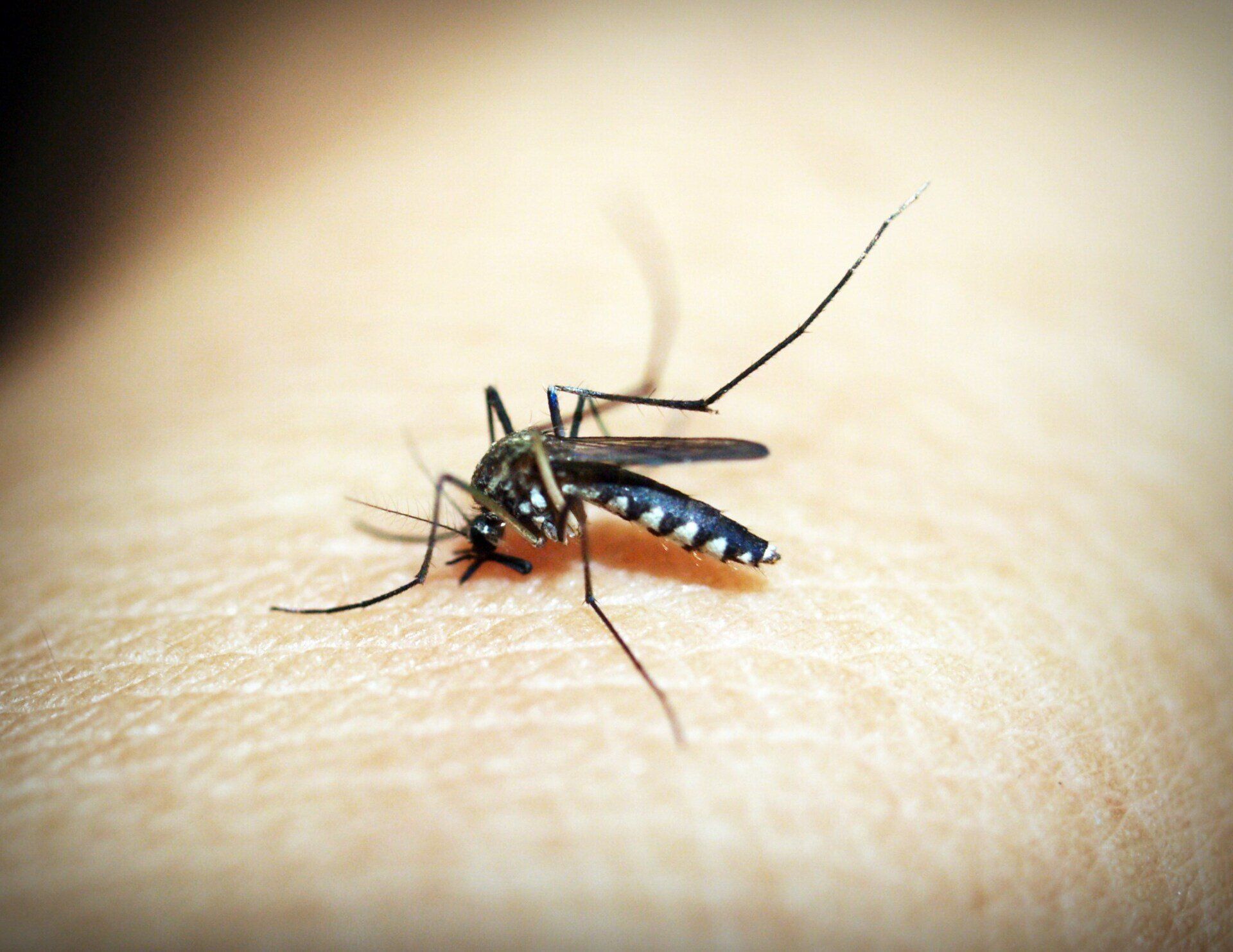New England's EEE Virus: What You Need To Know
What Is The EEE Virus & What Do You Need To Know?

It's the ideal time to enjoy a variety of outdoor activities as the weather begins to chill and the leaves begin to turn, but mosquito numbers are at their peak. These hazardous insects can infect you and your family with serious diseases like Eastern Equine Encephalitis (EEE). By knowing more about EEE and adopting our prevention recommendations, you may shield your family.
WHAT IS EEE?
Eastern Equine Encephalitis (EEE), a rare but fatal virus that can infect the membranes lining the brain and spinal cord and cause meningitis, is spread by infected mosquitoes. Although cases tend to show up from late spring to early autumn, they can sometimes happen in the winter in subtropical endemic regions like the Gulf states. In the United States, 11 instances are typically documented each year, largely in states that border the Atlantic, Gulf, and Great Lakes oceans. Between 2010 and 2019, the majority of instances were reported in Massachusetts, New York, North Carolina, Georgia, Florida, and Michigan.
WHAT ARE THE SYMPTOMS AND SIGNS OF EEE?
A usual illness lasts one to two weeks. If there is no involvement of the neurological system, patients typically fully recover. The following are symptoms of a systemic EEE infection:
- Fevers
- Chills
- Aching joints
- Muscle ache
- Weakness
- Discomfort
- Loss of energy
The severity and seriousness of the symptoms increase when the nervous system is involved. The following are symptoms of neurologic disease:
- Fever
- Headache
- Diarrhea
- Vomiting
- Disorientation
- Behavioral alterations
- Drowsiness
- Seizures
- Encephalitis in coma (the most dangerous symptom which occurs in only 4 to 5 percent of cases)
HOW IS EEE DIAGNOSED AND TREATED?
An EEE test looks for antibodies produced to fight the viral infection in blood or spinal fluid. There is no specific EEE treatment. If it gets bad, supportive therapies like hospitalization, IV fluids, respiratory support, and stopping subsequent infections are used to treat it.
HOW CAN I AVOID BEING INFECTED WITH EEE?
EEE cannot be prevented or treated with vaccinations or antiviral drugs. The only way to avoid it is to avoid getting bitten by mosquitoes. The following actions can be taken to lessen your risk of being bitten by a mosquito:
- When mosquitoes are most active, between dark and early, stay inside.
- By eliminating any areas of standing water near your property, you can eliminate possible mosquito breeding grounds. This also applies to kid-sized wading pools, which ought to be cleaned out and put away on their side when not in use.
- Verify that the screens on your windows and doors are secure to their frames, without any holes, and in good condition. Use air conditioning if you can, rather than keeping the windows open.
- Wear long pants, long-sleeved shirts, closed shoes, and high socks whenever you can. This lessens the likelihood of getting bitten.
- Apply an EPA-registered insect repellent frequently and as directed, such as those made by Ranger Ready. Picaridin 20%, an odorless, non-greasy, non-toxic substitute for DEET that offers 12 hours of mosquito protection without the negative side effects, is the main ingredient in Ranger Ready Repellent. Picaridin 20% is endorsed by the Centers for Disease Control and Prevention (CDC) as a secure, reliable insect repellent and is supported by more than 25 years of clinical study.
HOW IS EEE BROUGHT ABOUT?
The primary EEE transmission cycle involves Culiseta melanura mosquitos and bird hosts in freshwater hardwood swamps. Transmission to humans requires a "bridge" between infected birds and uninfected mammals. Direct transmission from one person to another is not possible. In the Eastern United States, people who live near marshy areas or in places where the virus is circulating are most at risk of getting EEE from mosquito bites.
CAUSES OF EEE IN NEW ENGLAND
With 22 instances documented between 2010 and 2019 across the entire US, Massachusetts has the highest incidence of EEE cases. The majority of cases are located in Bristol, Plymouth, and Norfolk counties, according to the Massachusetts EEE risk map, but cases can occur anywhere in the state during an active year. Every 10 to 20 years, there are typically two to three years between epidemics of EEE. Three confirmed human cases of EEE have been reported in the United States as of August 25, 2020, all of which were in Massachusetts.
Other New England states have also had the virus, but to a lower degree. There were five EEE cases in Connecticut between 2010 and 2019, three EEE cases in New Hampshire, and four EEE cases in Rhode Island. The fewest instances in New England occurred in Maine and Vermont, each with two cases between 2010 and 2019.
We want your family to enjoy outdoor activities while avoiding illnesses like EEE. The greatest and most efficient insect repellent should be purchased because it is the only method that has been shown to prevent EEE from mosquito bites.
CONTACT
(800)-499-5130
293 Hill Street,
Lyndonville, VT 05851
MAILING ADDRESS
PO Box 1212, Lyndonville VT 05851
BUSINESS HOURS
- Mon - Fri
- -
- Sat - Sun
- Closed


